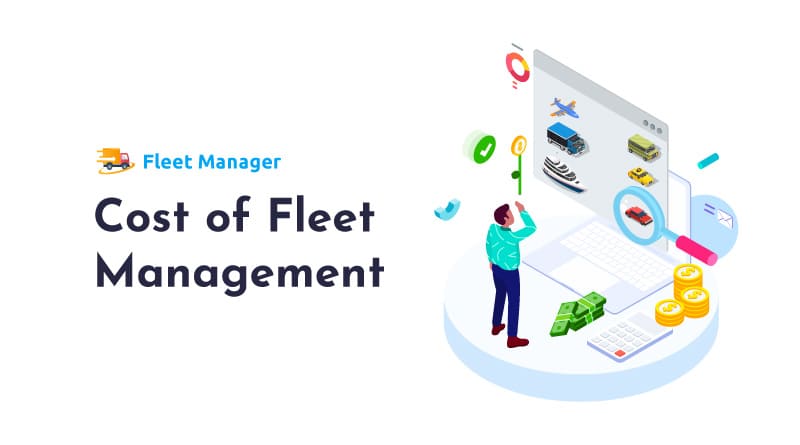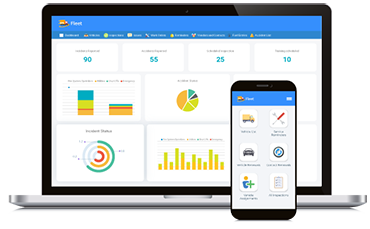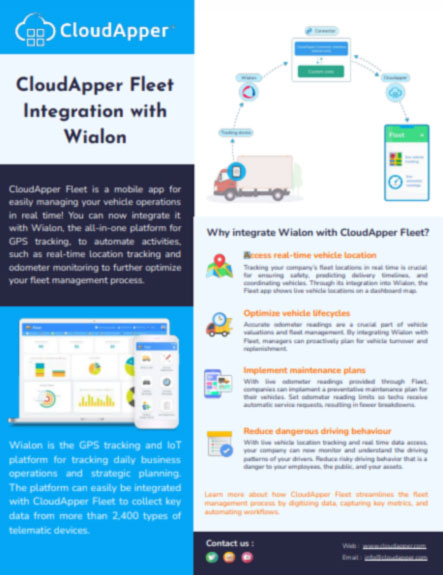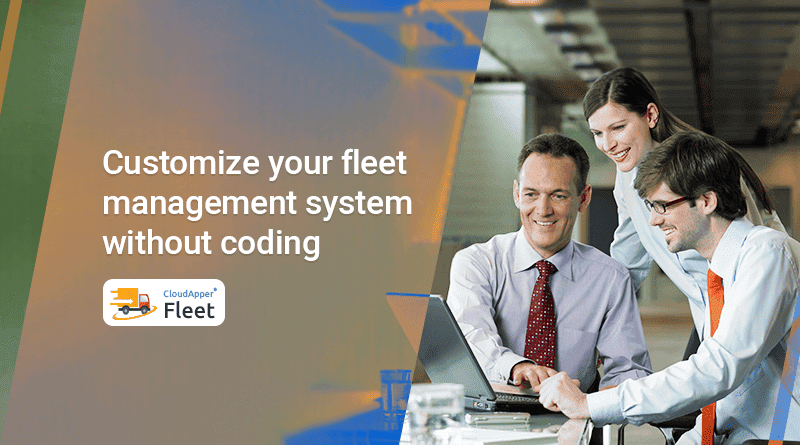Table of Contents
To minimize the cost of fleet management, one needs to understand the true cost of a vehicle or asset, including upfront costs and ownership costs. This will help you to make the most of your budget and help run your fleet most efficiently.
So, what does a fleet vehicle really cost?
The first cost associated with the vehicle is the administration cost. It includes procurement and disposal expenses, as well as transaction costs and the indirect expenses of managing a fleet.
Then comes the Insurance or Collision Repair cost. Insurance can be estimated each year, but collision and accident costs can be hard to predict.
The third type of cost is the cost of Taxes and Licensing. Taxes are mandatory and must be paid when a vehicle is purchased. Licensing fees may be considered “operating” costs since they are often recurring charges for vehicles in service.
Next comes the depreciation cost. Depreciation is the single largest expense for the fleet. It represents the decline in a car’s value over the course of its estimated lifespan. A vehicle typically loses 15% to 20% of its value each year.
One of the most obvious costs of a vehicle is its fuel cost. Fuel keeps the vehicle in operation. This is one of the hardest costs to predict because the price is controlled by so many factors.
The sixth type of cost is the cost of money or interest. The interest required for financing fleet vehicles can be substantial and fluctuate with market trends.
The last cost to consider is the maintenance cost. Maintenance costs include all preventive and unscheduled maintenance, as well as downtime. Most fleets include the labor and parts necessary to keep the fleet operational.
How to reduce fleet management costs?
Managing the cost of a fleet does not necessarily need to be complicated or overly expensive. In this part of the article, we will break down three simple ways to run your fleet efficiently and keep the cost of fleet management under control:
Spend less
Purchase exactly what you need. The key to enjoying all the benefits of a fleet management system while minimizing fleet costs is to ensure there is as much standardization across your fleet as possible while choosing the most job-appropriate vehicles according to your replacement analysis.
Have Less
Remarket vehicles you don’t use. Fleets should consider selling under-used vehicles and replacing vehicles at a time in the vehicle’s life when resale values remain meaningful, and before the maintenance costs and downtime begin to rise.
Optimize More
Analyze vehicle life cycle. Look at maintenance and fuel expenses, including both present and year over year comparison, to evaluate expenditures and assess downtime across different vehicle segments.
Here at CloudApper, we have developed Fleet Manager, a complete fleet operation management application for an efficient and affordable way to control the total cost of operations.
What is CloudApper AI Platform?
CloudApper AI is an advanced platform that enables organizations to integrate AI into their existing enterprise systems effortlessly, without the need for technical expertise, costly development, or upgrading the underlying infrastructure. By transforming legacy systems into AI-capable solutions, CloudApper allows companies to harness the power of Generative AI quickly and efficiently. This approach has been successfully implemented with leading systems like UKG, Workday, Oracle, Paradox, Amazon AWS Bedrock and can be applied across various industries, helping businesses enhance productivity, automate processes, and gain deeper insights without the usual complexities. With CloudApper AI, you can start experiencing the transformative benefits of AI today. Learn More

















